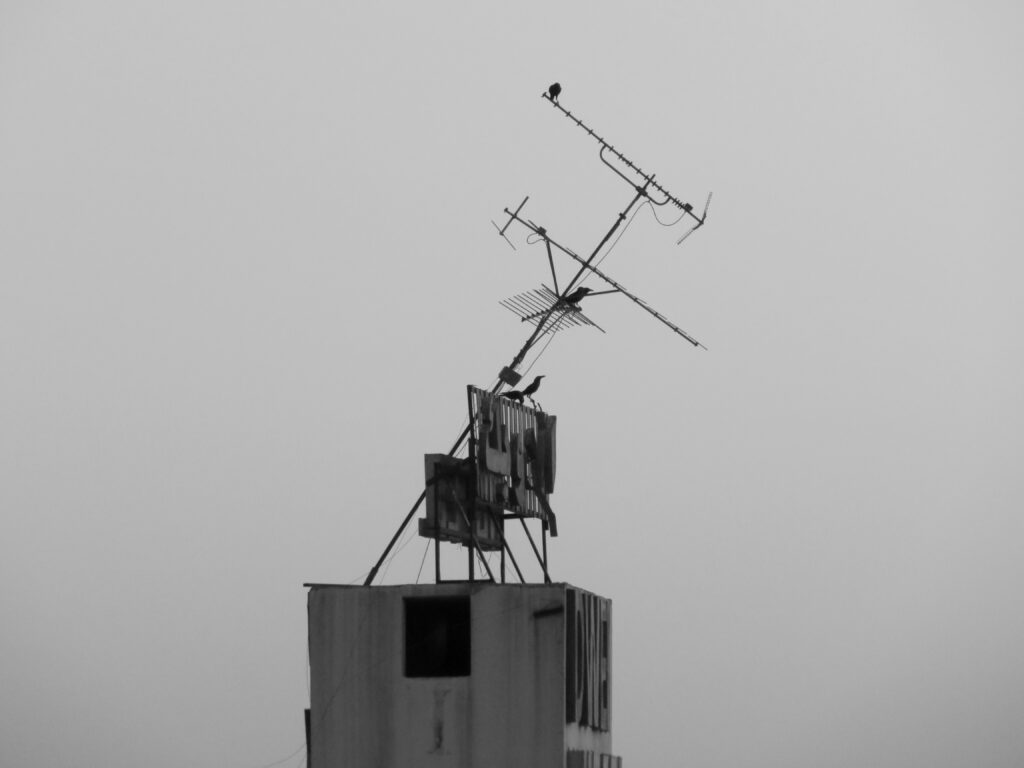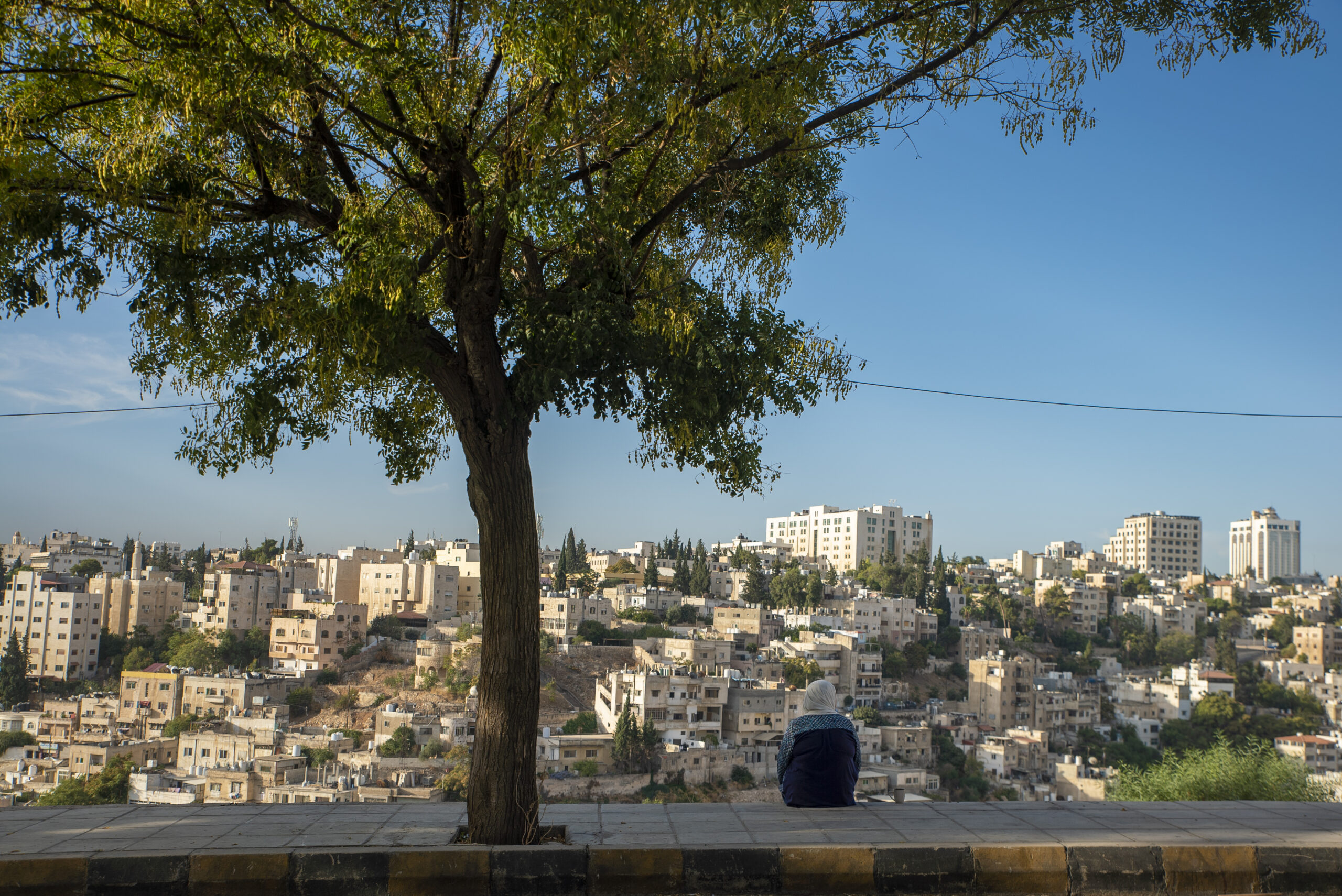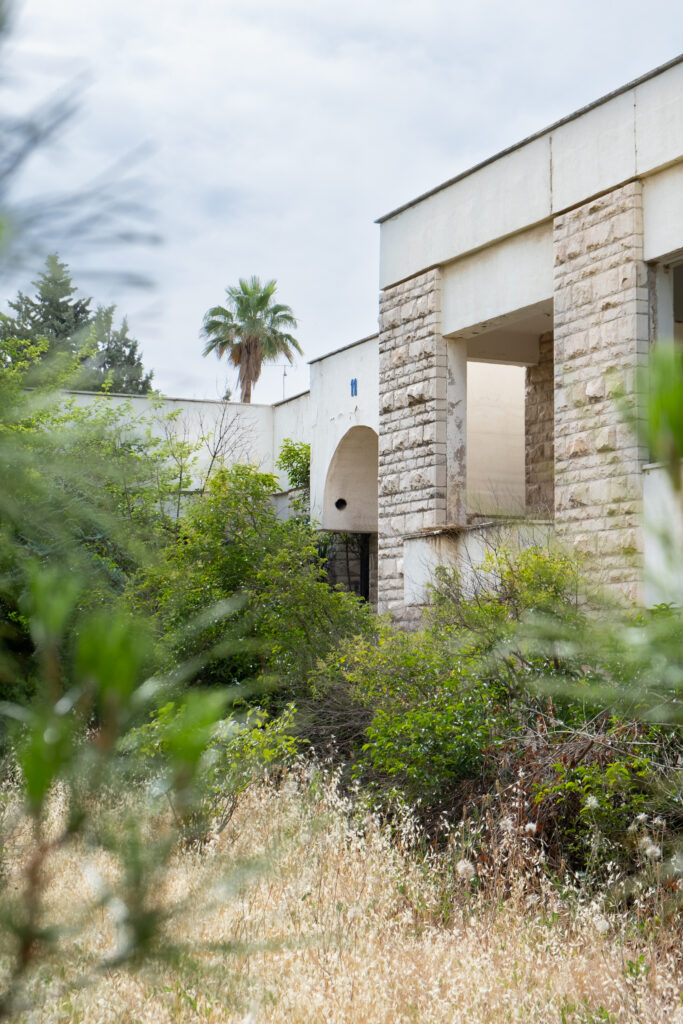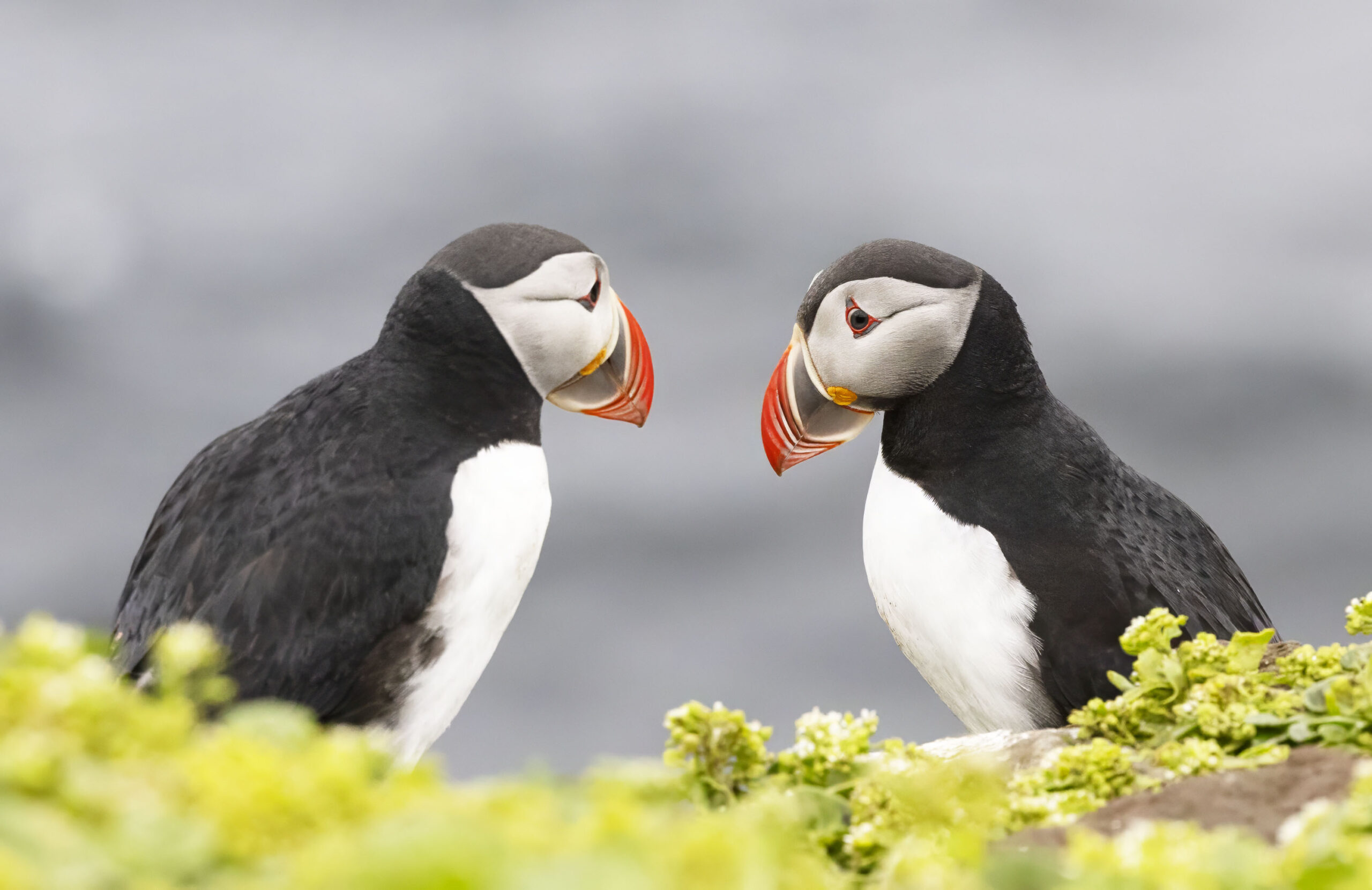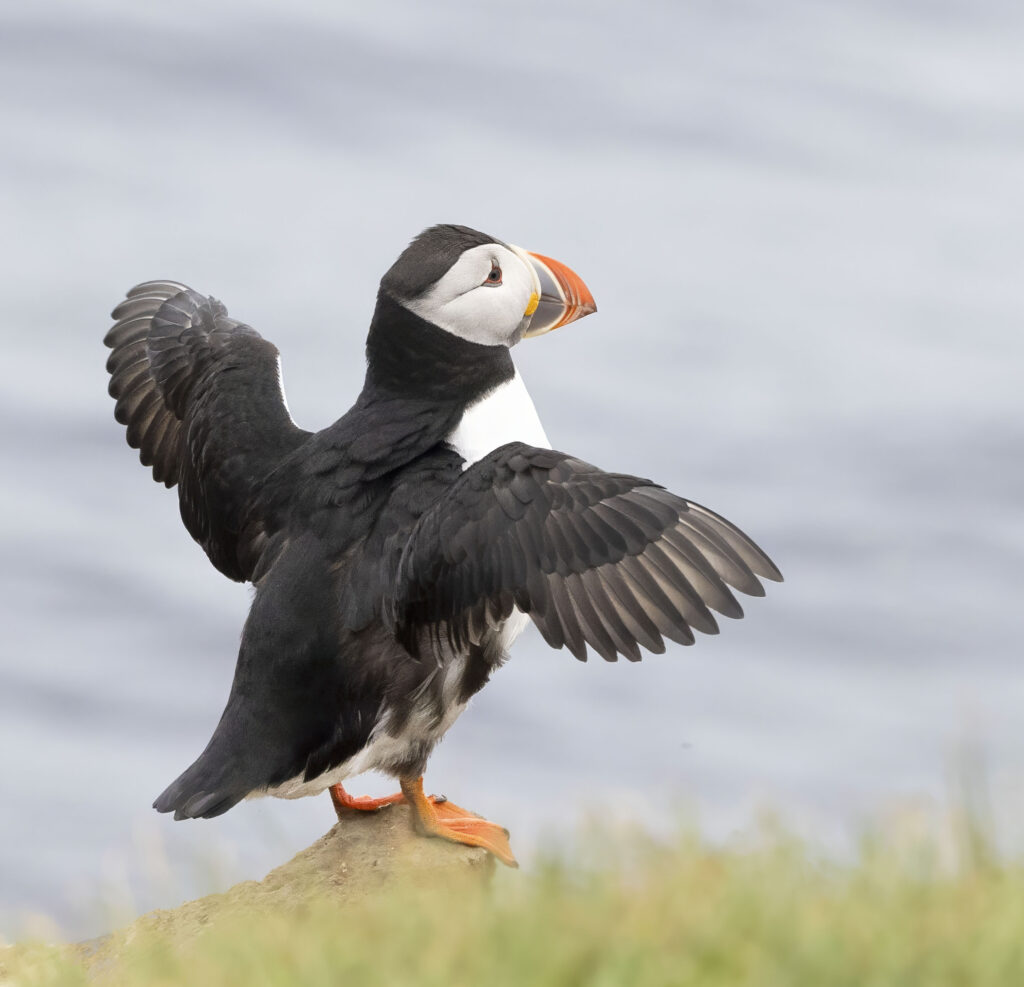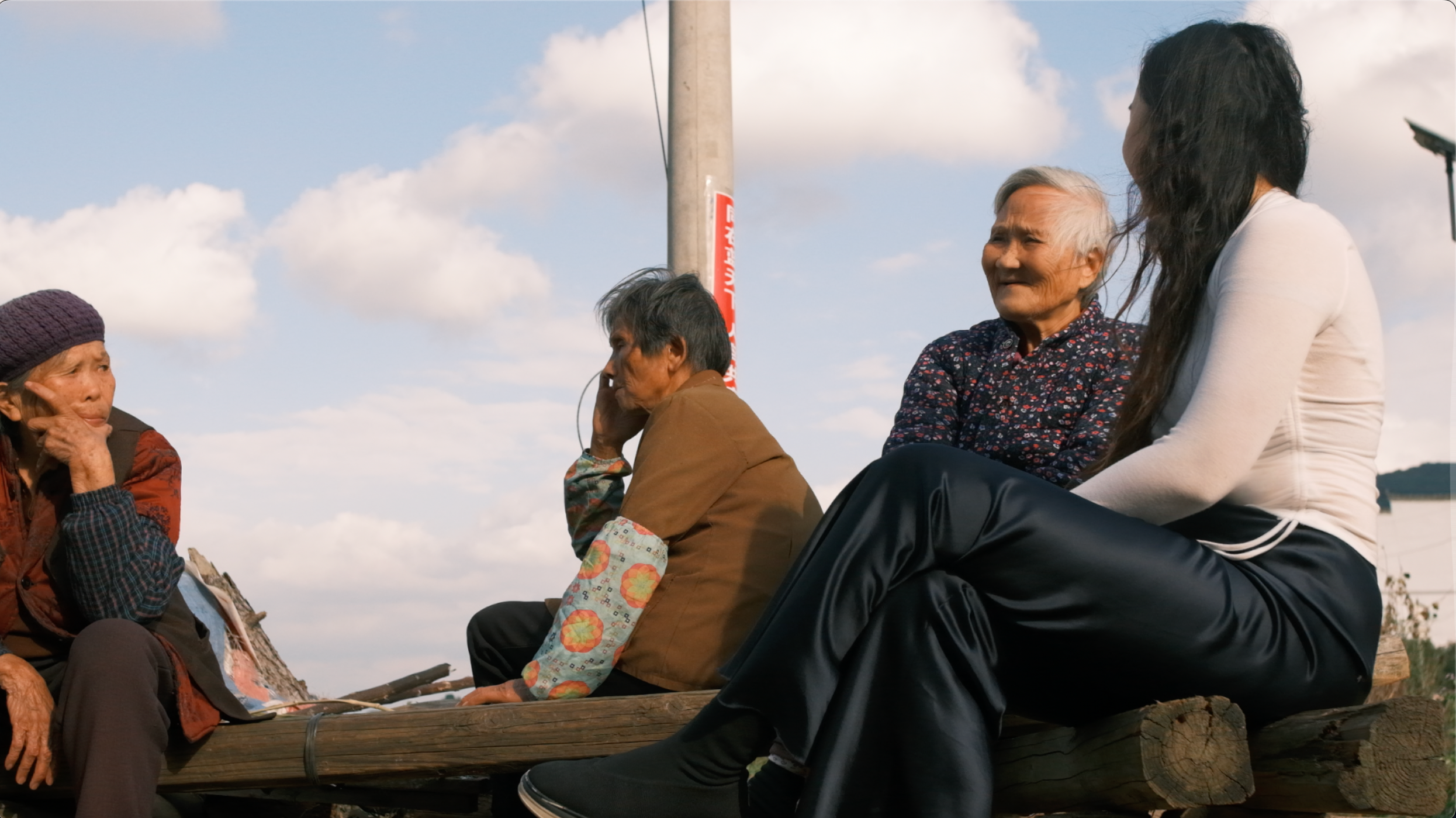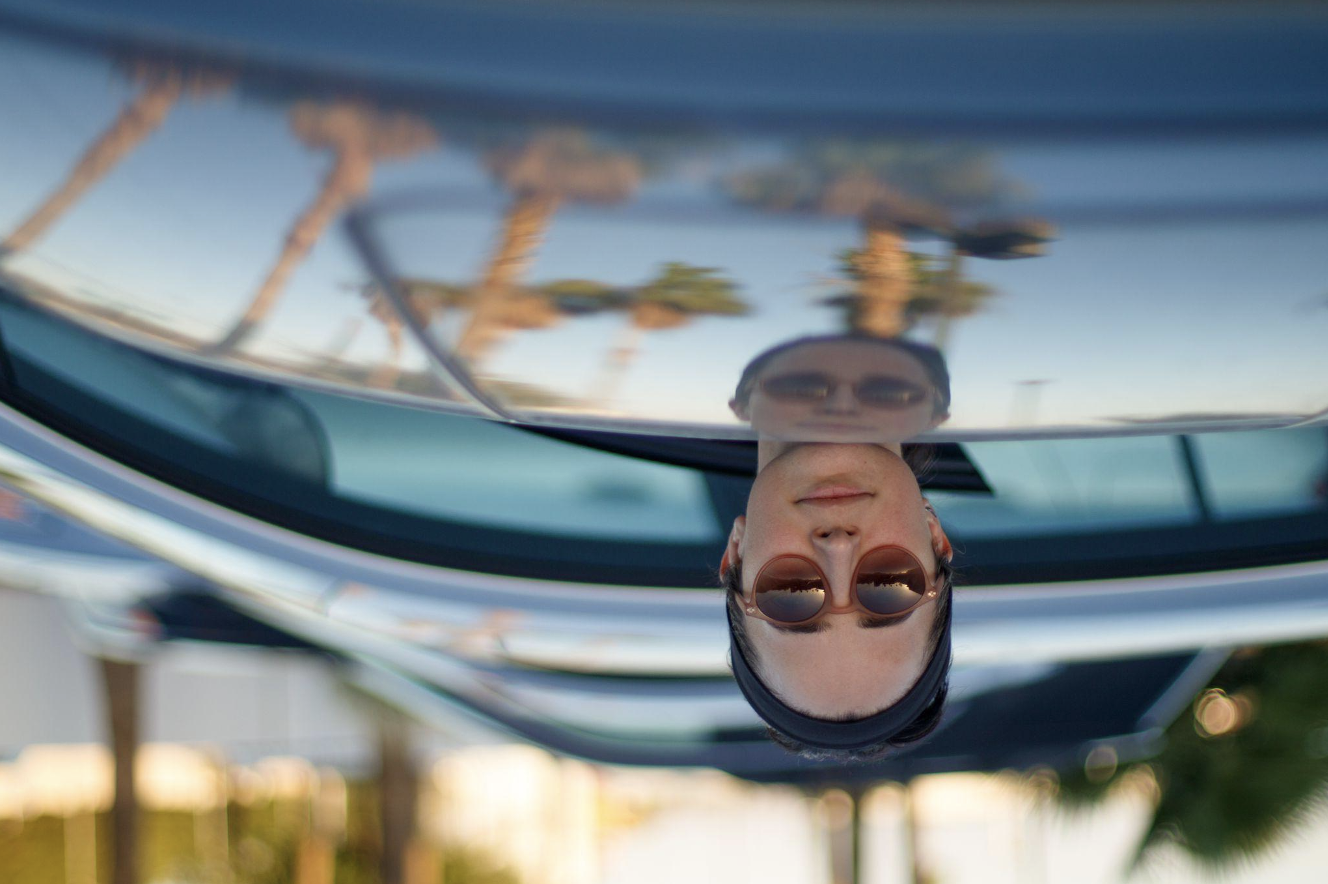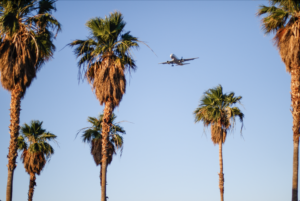From THE MEAD ART MUSEUM
More than thirty years after the collapse of the Soviet Union, the independent states that emerged from its territory continue to grapple with its legacies. In Ukraine, this struggle has unfolded amidst a political and cultural war waged by Russia. As Vladimir Putin’s regime weaponizes the shared Soviet past in its attempts to erase Ukraine’s nationhood, the Soviet legacy remains the subject of heated debate among Ukrainians. While some identify “Sovietness” with “Russianness” and seek to remove it from the national narrative, others attempt to reclaim their Soviet legacy, emphasizing the agency of Ukrainians who created it.


